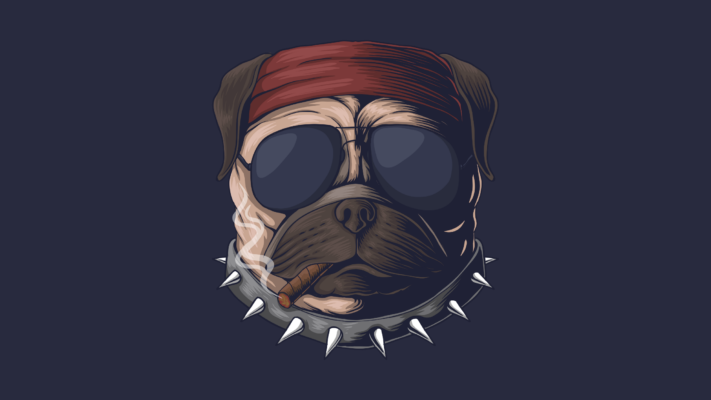MAXX Pet Blogs
“Understanding Canine Vasectomy: Benefits, Procedure, and Recovery for Your Male Dog”

Introduction
canine vasectomy is gaining popularity among pet owners . This procedure is less invasive than traditional neutering and has a range of benefits that make it a great option for many dog owners.
In this article, we will provide a detailed explanation of what canine vasectomy is and why it is an important topic to consider. We will also outline the benefits of canine vasectomy over traditional neutering, including cost savings, health benefits, and behavioral benefits.
Next, we will explain how canine vasectomy is performed and what you can expect during the procedure. We will provide a detailed overview of pre-surgery preparation, anesthesia and surgery, and post-surgery care.
We will also address the safety of canine vasectomy and how it compares to traditional neutering. Finally, we will answer some frequently asked questions about canine vasectomy and provide a summary of key points.
By the end of this article, you will have a thorough understanding of canine vasectomy and whether it is the right option for your male dog.
Benefits of Canine Vasectomy
Canine vasectomy offers several benefits over traditional neutering methods. Here are some of the key advantages:
- Cost savings: Canine vasectomy is often less expensive than traditional neutering methods, such as castration.
- Health benefits: Unlike traditional neutering, canine vasectomy does not remove the testicles. This means that the dog can continue to produce testosterone, which is important for maintaining healthy bone density, muscle mass, and overall health.
- Behavioral benefits: Dogs that have undergone vasectomy tend to retain their natural behavior and temperament, unlike those that have been castrated. They may still exhibit some male behaviors, such as marking, but they will not be as aggressive or prone to wandering.
How Canine Vasectomy is Performed
Before the surgery, your veterinarian will conduct a thorough examination of your dog to ensure that he is healthy enough for the procedure. You will also be given instructions on how to prepare your dog for surgery, such as fasting for a certain period of time.
On the day of the surgery, your dog will be placed under general anesthesia. The surgeon will then make a small incision in the scrotum and locate the vas deferens, the tube that carries sperm from the testicles to the penis. The vas deferens will be cut and tied, preventing sperm from reaching the semen. The incision will then be closed with stitches.
Recovery Process for Canine Vasectomy
After the surgery, your dog will need to rest and recover for several days.
You will need to monitor him closely for any signs of complications, such as bleeding, swelling, or infection.
Your vet may suggest using a recovery suit after the procedure which is an alternative to cone of shame to prevent the pet from licking the wound
Your veterinarian may prescribe pain medication to keep your dog comfortable during the recovery period.
It is important to keep your dog calm and quiet during the recovery process.
He should be kept on a leash and prevented from jumping or running. You may also need to limit his activity level and provide him with a comfortable place to rest.
Is Canine Vasectomy Safe for My Dog?
- Canine vasectomy is generally considered a safe and effective method of birth control for male dogs.
- It is a less invasive procedure than traditional neutering methods and does not involve the removal of the testicles.
- While there is always a risk of complications with any surgical procedure, the risk of complications with canine vasectomy is relatively low.
- Your veterinarian will discuss any potential risks and complications with you before the procedure.
Frequently Asked Questions
Here are some common questions that pet owners have about canine vasectomy:
Q: Will my dog’s behavior change after vasectomy?
A: Dogs that undergo vasectomy tend to retain their natural behavior and temperament. They may still exhibit some male behaviors, such as marking, but they will not be as aggressive or prone to wandering.
Q: Is vasectomy a permanent form of birth control?
A: Yes, vasectomy is a permanent form of birth control. Once the vas deferens has been cut and tied, sperm will no longer be able to reach the semen.
Q: Will my dog still be able to mate after vasectomy?
A: Yes, your dog will still be able to mate after vasectomy. However, he will be sterile and unable to produce offspring.
Conclusion
Canine vasectomy is a safe and effective method of birth control for male dogs. It offers several benefits over traditional neutering methods, including cost savings, health benefits, and behavioral benefits.
If you are considering canine vasectomy for your dog, be sure to discuss it with your veterinarian to determine if it is the right option for your pet


